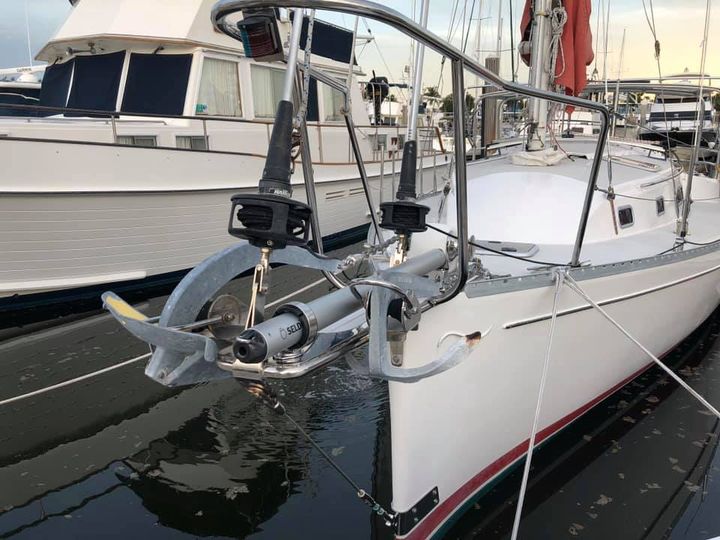Email:[email protected] Tel:+86-535-6953600
What are the main differences between stainless steel 304 and 316?

Stainless steel 304 and 316 are both austenitic stainless steels, which means they have a face-centered cubic crystal structure. However, there are some key differences between the AISI 304 and AISI316. These differences make them suitable for different applications.
- Composition: The most notable difference between SS304 and SS316 is at SS 316 adds the chemical element of molybdenum. Molybdenum enhances corrosion resistance, particularly in high-chloride environments such as marine applications.
- Corrosion resistance: Stainless steel 304 is resistant to most household and industrial corrosives. However, it is not as resistant to high-chloride environments as stainless steel 316. Compared with stainless steel 304, stainless steel 316 is highly resistant to corrosives and is of particularly well performance especially for marine, food processing, and chemical applications.
- Strength: Although both grades have similar levels of strength, stainless steel 316 has a higher yield strength compared to stainless steel 304, making it more resistant to cracking and deformation.
- Temperature resistance: Both grades can be used at high temperatures, but stainless steel 316 is better suited for applications that require high temperature resistance, as it has a higher creep and stress-to-rupture strength compared to stainless steel 304.
In conclusion, when customers are purchasing the stainless steel accessories, the choice between AISI304 and AISI316 will mainly depend on the specific requirements of the application. After fully consideration of application environment it will be exposed to, the required strength, and the desired temperature resistance, the customers can easily make the decision which kind of stainless steel they would like to choose.
